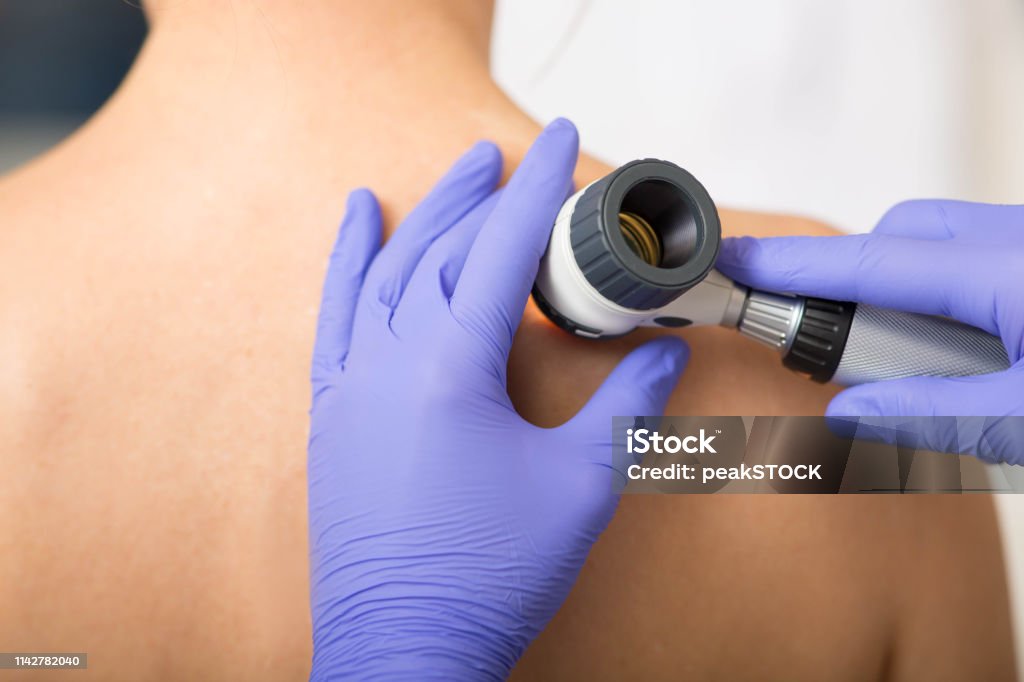
Understanding Seborrheic Keratosis
What Is Seborrheic Keratosis?
Seborrheic keratosis is a common, non-cancerous skin growth often referred to as the “barnacles of aging.” These growths typically appear during middle age or later and are benign. Despite their wart-like appearance, seborrheic keratoses are harmless. However, they can resemble pre-cancerous growths or skin cancer, which can understandably cause concern.
What Are the Symptoms of Seborrheic Keratosis?
Seborrheic keratoses can vary greatly in appearance. They may present as single or multiple growths with characteristics such as:
Seborrheic keratoses can vary greatly in appearance. They may present as single or multiple growths with characteristics such as:
- Color and Texture: They often start as light tan bumps that darken over time, evolving to shades of brown or black. The texture can range from waxy or rough to scaly.
- Shape and Size: These growths can be round or oval and vary in size from small spots to over an inch in diameter.
- Location: Commonly found on the face, neck, shoulders, chest, or back, seborrheic keratoses can appear almost anywhere on the body except the lips, palms, and soles. They may cause mild itchiness but are generally painless.
What Causes Seborrheic Keratosis?
Seborrheic keratosis is largely hereditary, with the condition often being passed down through families. It can also develop during pregnancy, after hormone replacement therapy, or due to other medical conditions. While seborrheic keratosis itself is benign, the growths can sometimes become irritated by clothing or jewelry, leading to bleeding or increased size. In such cases, removal by a dermatologist may be necessary.
Is Diagnosing Seborrheic Keratosis Difficult?
Typically, a board-certified dermatologist can diagnose seborrheic keratosis through a visual examination. If there is any suspicion that the growth might be cancerous, a biopsy will be performed to ensure an accurate diagnosis. This involves removing the growth and examining it under a microscope.
Typically, a board-certified dermatologist can diagnose seborrheic keratosis through a visual examination. If there is any suspicion that the growth might be cancerous, a biopsy will be performed to ensure an accurate diagnosis. This involves removing the growth and examining it under a microscope.
What Are the Treatment Options for Seborrheic Keratosis?
Although seborrheic keratosis is non-cancerous, you might choose to have the growths removed for cosmetic reasons or due to irritation. Treatment options include:
Although seborrheic keratosis is non-cancerous, you might choose to have the growths removed for cosmetic reasons or due to irritation. Treatment options include:
Cryotherapy
Liquid nitrogen is applied to the growth using a cotton swab or spray gun. This process freezes the growth, causing it to fall off within days. A blister may form underneath, which will eventually dry into a scab.
Electrocautery and Curettage
After numbing the area with a local anesthetic, an electric current is used to destroy the growth. A curette—a scoop-shaped surgical instrument—is then used to scrape off the growth. This method may cause minor bleeding but generally requires no stitches.
After numbing the area with a local anesthetic, an electric current is used to destroy the growth. A curette—a scoop-shaped surgical instrument—is then used to scrape off the growth. This method may cause minor bleeding but generally requires no stitches.
What Happens After Treatment?
The area where the seborrheic keratosis was removed may initially appear lighter than the surrounding skin but should blend over time. While most treated growths do not return, new ones may appear elsewhere on the body.
The area where the seborrheic keratosis was removed may initially appear lighter than the surrounding skin but should blend over time. While most treated growths do not return, new ones may appear elsewhere on the body.
Where can I find Professional Care?
If you have seborrheic keratosis or any skin growths that you’re concerned about, it is important to consult with a board-certified dermatologist. Our team at Tucson Dermatology is dedicated to providing expert care. Find a Forefront Dermatology office near you to schedule a consultation and address any concerns about your skin health.
If you have seborrheic keratosis or any skin growths that you’re concerned about, it is important to consult with a board-certified dermatologist. Our team at Tucson Dermatology is dedicated to providing expert care. Find a Forefront Dermatology office near you to schedule a consultation and address any concerns about your skin health.